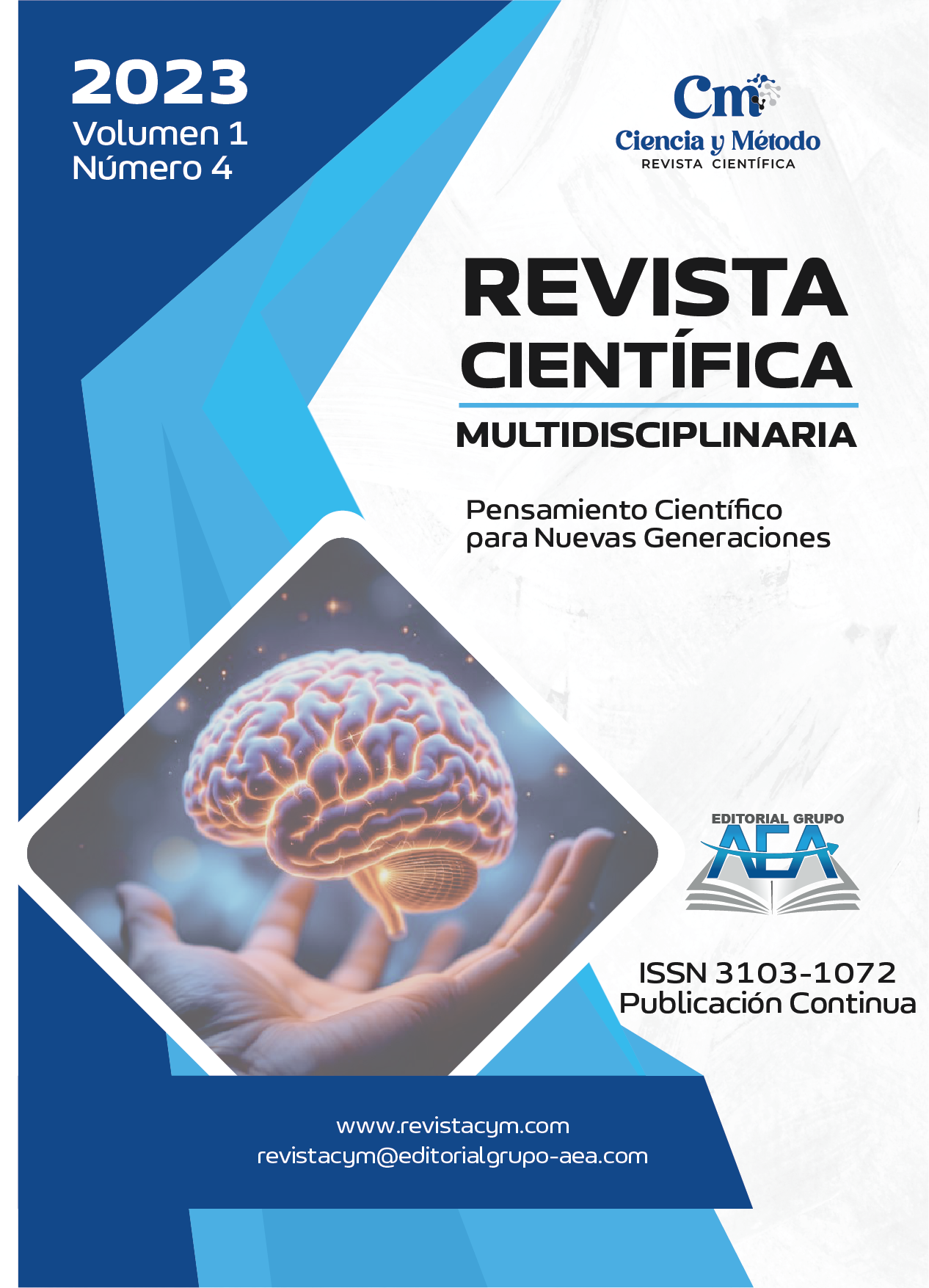Cybersecurity strategies in hybrid and remote work environments
Main Article Content
Abstract
The present research critically analyzes cybersecurity strategies implemented in hybrid and remote work environments, motivated by the accelerated digital transformation following the COVID-19 pandemic, which has increased attack surfaces and weakened traditional security models. Using an exploratory literature review approach, scientific articles and technical papers published between 2018 and 2024, especially those after 2020, selected from databases such as Scopus and Web of Science, were collected and classified. Among the main findings, the effectiveness of Zero Trust architecture, based on continuous verification and contextual control, and cloud security tools such as SASE, EDR and CASB, which allow flexible and scalable protection, are highlighted. In addition, decisive organizational factors such as continuous staff training and a strong security culture as well as adaptive governance frameworks aligned with international standards are identified. The research concludes that the effectiveness of cybersecurity strategies does not depend solely on technology, but on their integration with robust organizational processes, committed leadership and dynamic policies, enabling organizations to successfully meet the challenges of the decentralized digital ecosystem.
Downloads
Article Details
Section

This work is licensed under a Creative Commons Attribution-NonCommercial 4.0 International License.
How to Cite
References
Ahmad, A., Maynard, S.B. & Park, S. Information security strategies: towards an organizational multi-strategy perspective. J Intell Manuf 25, 357–370 (2014). https://doi.org/10.1007/s10845-012-0683-0 DOI: https://doi.org/10.1007/s10845-012-0683-0
Alavi, R., Islam, S., & Ware, J. (2020). Revisiting information security training: A framework for understanding and enhancing security culture. Computers & Security, 88, 101620. DOI: https://doi.org/10.1016/j.cose.2019.101620
Celi-Párraga, R. J., Mora-Olivero, A. P., Boné-Andrade, M. F., & Sarmiento-Saavedra, J. C. (2023). Ingeniería del Software II: Implementación, Pruebas y Mantenimiento. Editorial Grupo AEA. https://doi.org/10.55813/egaea.l.2022.20 DOI: https://doi.org/10.55813/egaea.l.2022.20
ENISA. (2022). Threat Landscape 2022: Cybersecurity threats and trends. European Union Agency for Cybersecurity.
Galarza-Sánchez, P. C. (2023). Adopción de Tecnologías de la Información en las PYMEs Ecuatorianas: Factores y Desafíos. Revista Científica Zambos, 2(1), 21-40. https://doi.org/10.69484/rcz/v2/n1/36 DOI: https://doi.org/10.69484/rcz/v2/n1/36
Galarza-Sánchez, P. C., Agualongo-Yazuma, J. C., & Jumbo-Martínez, M. N. (2022). Innovación tecnológica en la industria de restaurantes del Cantón Pedro Vicente Maldonado. Journal of Economic and Social Science Research, 2(1), 31–43. https://doi.org/10.55813/gaea/jessr/v2/n1/45 DOI: https://doi.org/10.55813/gaea/jessr/v2/n1/45
Gartner. (2023). Gartner Forecasts Hybrid Work Will Be the Norm by 2025.
Gartner. (2023). Market Guide for Single-Vendor SASE. Gartner Inc. https://www.gartner.com/document/4001031
Hadlington, L. (2021). Human factors in cybersecurity: Examining the link between Internet addiction, impulsivity, attitudes towards cybersecurity, and risky cybersecurity behaviours. Heliyon, 7(1), e05962.
IBM Security. (2023). Cost of a Data Breach Report 2023. IBM Corporation. https://www.ibm.com/reports/data-breach
ISACA. (2022). State of Cybersecurity 2022: Global Update on Workforce Efforts, Resources and Cyberoperations.
Kindervag, J. (2021). Zero Trust: A paradigm shift in cybersecurity. Forrester Research.
Kraemer-Mbula, E., Tijssen, R., Wallace, M. L., & McLean, R. (Eds.). (2019). Transforming Research Excellence: New Ideas from the Global South. African Minds. http://library.oapen.org/handle/20.500.12657/23441 DOI: https://doi.org/10.47622/9781928502067
Pal, A., & Pandey, R. (2021). Cloud Access Security Broker: Key Enabler for Enterprise Cloud Security. Procedia Computer Science, 192, 4482–4491.
Parsons, K., Calic, D., Pattinson, M., Butavicius, M., & McCormac, A. (2017). The human aspects of information security questionnaire (HAIS-Q): Two further validation studies. Computers & Security, 66, 40–51. https://doi.org/10.1016/j.cose.2017.01.004 DOI: https://doi.org/10.1016/j.cose.2017.01.004
PwC. (2022). 2022 Global Digital Trust Insights Survey. PricewaterhouseCoopers. https://www.pwc.com/gx/en/issues/cybersecurity/digital-trust-insights.html
Rose, S., Borchert, O., Mitchell, S., & Connelly, S. (2020). Zero Trust Architecture (NIST SP 800-207). National Institute of Standards and Technology. https://doi.org/10.6028/NIST.SP.800-207 DOI: https://doi.org/10.6028/NIST.SP.800-207-draft2
Shen, H., Liu, X., & Liu, Y. (2023). Zero Trust Architecture and Access Control Strategy in Remote Work Environments. Journal of Cyber Security Technology, 7(2), 95–112.
Tang, J., Wu, Q., & Li, Y. (2022). Cloud-Based Security Models for Remote Workforce: Evaluating the Effectiveness of SASE and EDR. Computers & Security, 118, 102739.
Verizon. (2023). Data Breach Investigations Report (DBIR) 2023. Verizon Enterprise. https://www.verizon.com/business/resources/reports/dbir/
Von Solms, R., & Van Niekerk, J. (2013). From information security to cyber security. Computers & Security, 38, 97–102. https://doi.org/10.1016/j.cose.2013.04.004 DOI: https://doi.org/10.1016/j.cose.2013.04.004





